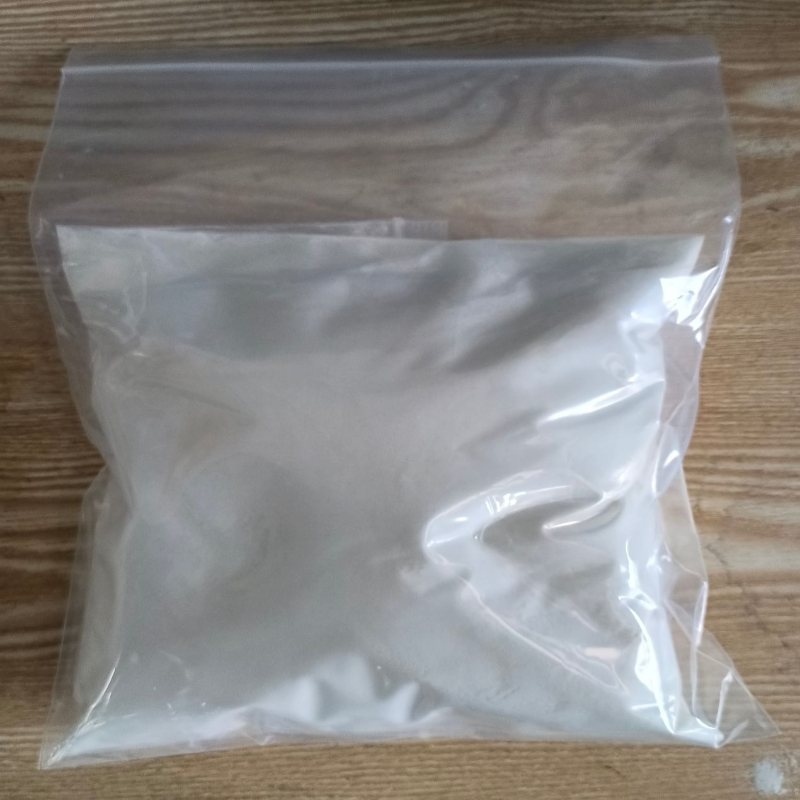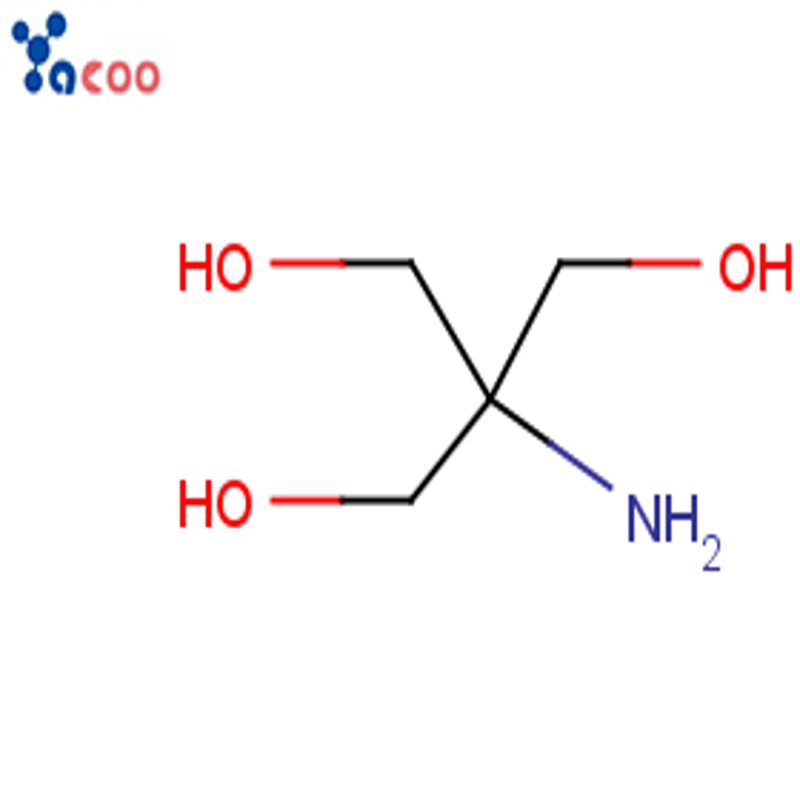-
Categories
-
Pharmaceutical Intermediates
-
Active Pharmaceutical Ingredients
-
Food Additives
- Industrial Coatings
- Agrochemicals
- Dyes and Pigments
- Surfactant
- Flavors and Fragrances
- Chemical Reagents
- Catalyst and Auxiliary
- Natural Products
- Inorganic Chemistry
-
Organic Chemistry
-
Biochemical Engineering
- Analytical Chemistry
-
Cosmetic Ingredient
- Water Treatment Chemical
-
Pharmaceutical Intermediates
Promotion
ECHEMI Mall
Wholesale
Weekly Price
Exhibition
News
-
Trade Service
N′-(4-Ethoxycarbonylphenyl)-N-methyl-N-phenylformamidine, also known as EC-PFM, is a commonly used chemical in the chemical industry.
It is used in a variety of applications, including as a catalyst for polymerization reactions, as a crosslinking agent in coatings and adhesives, and as a curing agent in the production of composite materials.
While EC-PFM is generally considered to be a safe chemical to handle and use in the workplace, it is important to take appropriate safety precautions to minimize the risk of exposure and ensure a safe working environment.
EC-PFM is a colorless liquid with a faint, unpleasant odor.
It is highly soluble in water and is classified as a moderately hazardous substance according to the National Fire Protection Association.
This means that it poses a moderate risk of fire, explosion, and other accidents if mishandled or used improperly.
The most common route of exposure to EC-PFM is through inhalation, as the chemical can be released as a vapor or mist into the air during handling or use.
Direct contact with the skin or eyes can also lead to exposure, as can ingestion of the chemical if it is swallowed.
The health effects of exposure to EC-PFM can vary depending on the level and duration of exposure.
Short-term exposure to high levels of the chemical can cause symptoms such as irritation of the eyes, nose, and throat, coughing, and difficulty breathing.
Prolonged exposure to lower levels of EC-PFM can lead to more serious health problems, such as respiratory issues, skin irritation, and an increased risk of cancer.
To minimize the risk of exposure to EC-PFM, it is important to follow all safety guidelines and procedures when handling the chemical.
This includes wearing appropriate personal protective equipment, such as gloves, goggles, and a respirator, and working in a well-ventilated area.
It is also important to store EC-PFM in a secure location, away from heat and ignition sources, and to dispose of it properly according to local regulations.
In addition to following safety guidelines, it is important to be aware of the signs of EC-PFM exposure and to take appropriate action if an employee exhibits any symptoms.
This includes providing appropriate first aid and seeking medical attention as needed.
Overall, while EC-PFM is a useful and versatile chemical in the chemical industry, it is important to handle it with care and take appropriate safety precautions to minimize the risk of exposure and ensure a safe working environment.
By following safety guidelines and being aware of the potential health effects of exposure, workers can stay safe and healthy while handling this chemical.







